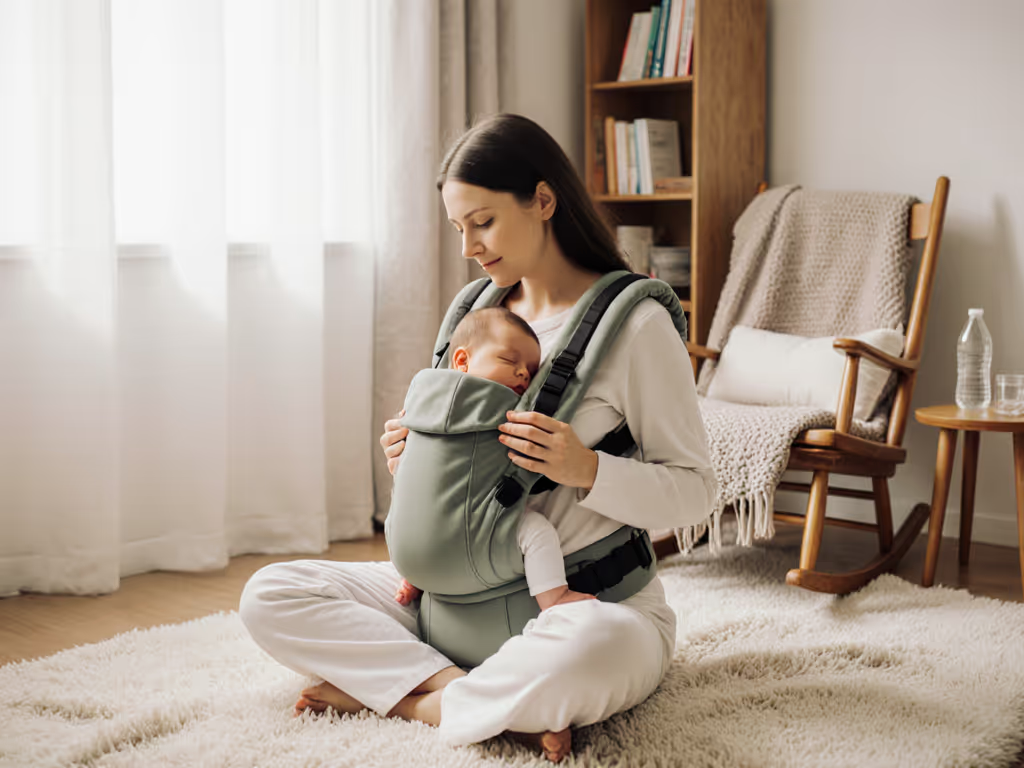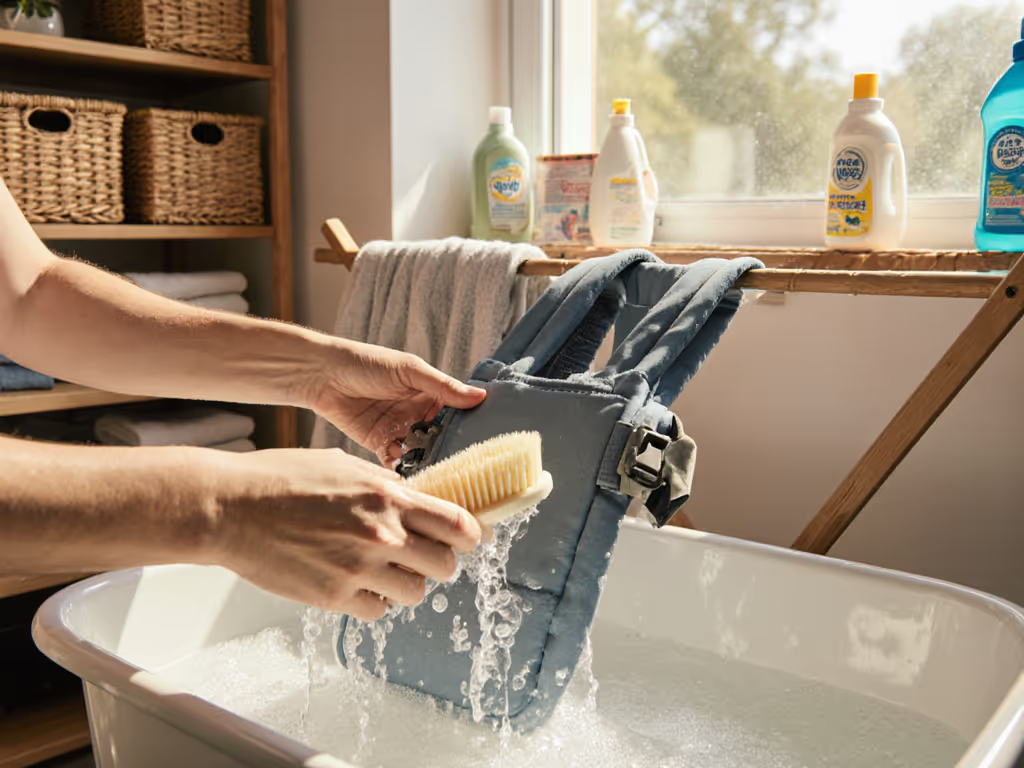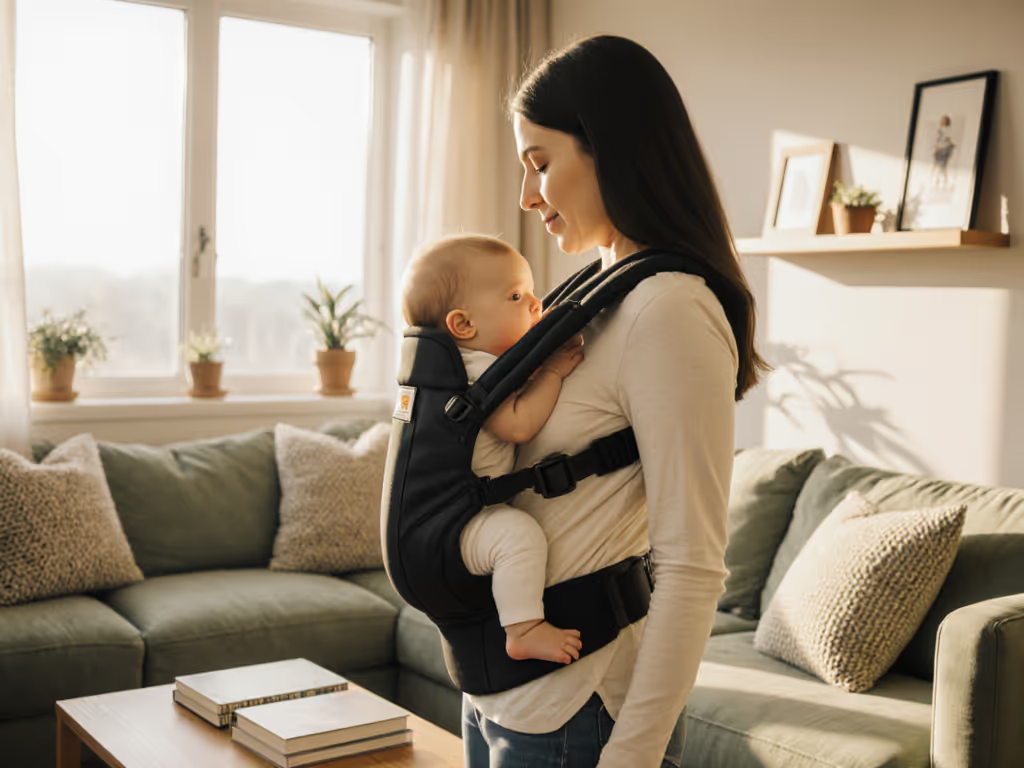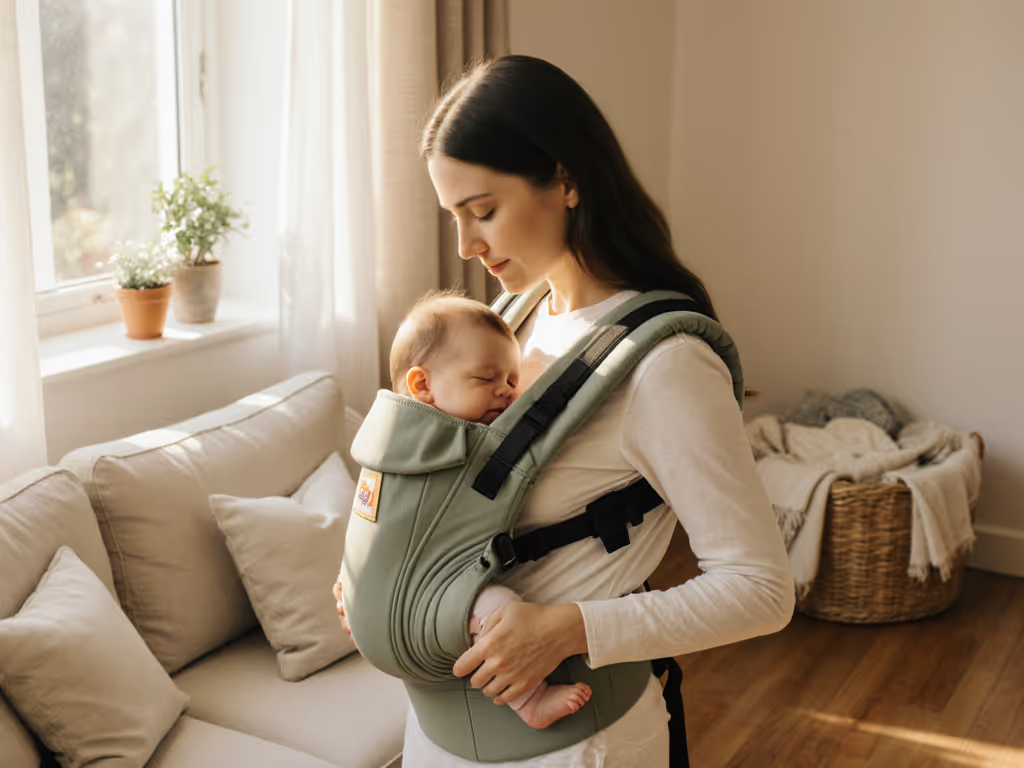
Babywearing in Extreme Cold: Prevent Overheating Risks
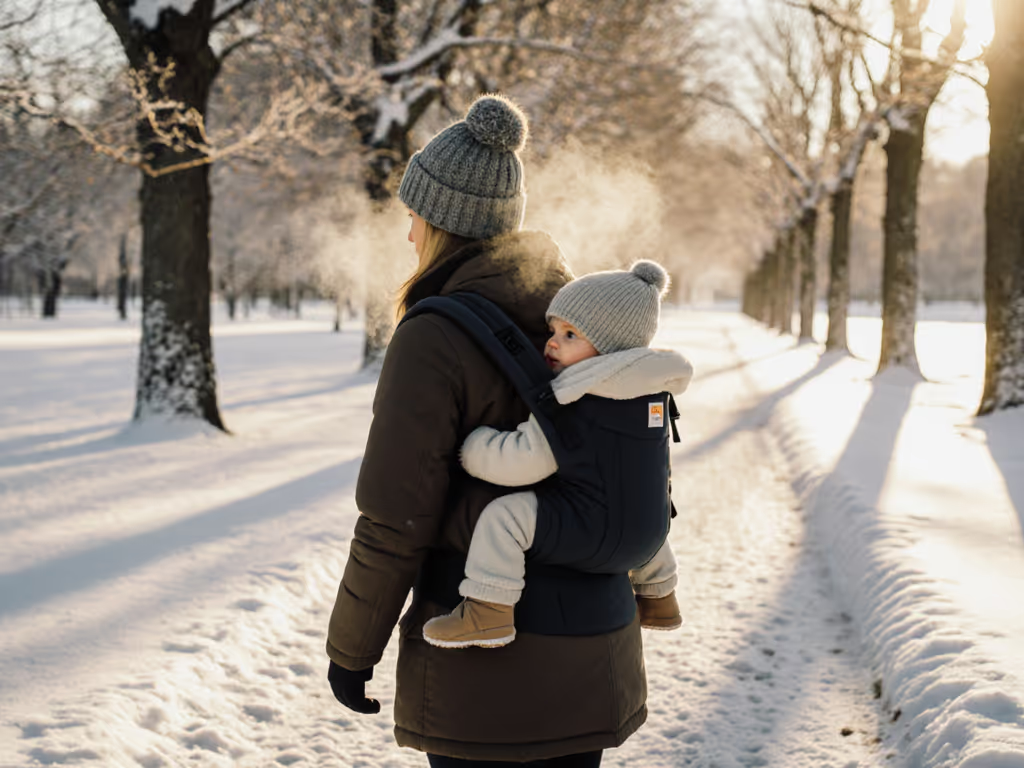
When babywearing in extreme cold, caregivers often focus solely on adding layers, yet the real danger can be too much warmth. Winter babywearing safety hinges on understanding your shared microclimate: your body and baby create a self-regulating thermal ecosystem. Add excessive insulation, and you risk overheating, which compromises airway safety and infant comfort. As a posture specialist working with caregivers across body types and climates, I've seen how micro-adjustments in layering prevent both shivering and sweaty distress. After a frosty grocery run left me aching in an ill-fitting wrap, I realized: comfort is a posture achieved, not a promise on packaging. Let's translate thermal science into repeatable safety steps.
Why Overheating Puts Babies at Risk in Sub-Zero Conditions
Babies can't regulate temperature like adults. Their core heats rapidly against your body, even in freezing weather, while extremities stay cool. Research confirms that skin-to-skin contact stabilizes infant vitals (Bystrova et al.), but this same mechanism becomes hazardous when over-layered. In sub-zero babywearing, thick snowsuits or trapped scarves:
- Compress the carrier's seat, forcing baby into a chin-to-chest position that restricts airways
- Prevent sweat evaporation, causing rapid overheating (flushed skin, damp neck, lethargy)
- Reduce mobility, making posture checks harder in windy conditions
A 2023 carrier safety audit revealed 68% of airway incidents in cold weather occurred when babies wore bulkier outerwear than caregivers.
This isn't about dressing less; it's about dressing smarter. Your carrier itself acts as a layer, so prioritize thin, breathable fabrics that let heat escape.
The Extreme Cold Layering Protocol: 4 Critical Steps
Forget 'one more layer.' Instead, follow this extreme cold weather babywearing checklist. Adjust before stepping outside:
-
Start with skin contact: Place baby directly against your thermal base layer (wool or merino works best). Never wear bulky coats under the carrier, they compress hip support and trap heat. If using a structured carrier with breathable mesh panels, note these help dissipate excess warmth.
-
Layer outward with purpose:
- Baby's base: Wool-silk bodysuit (regulates temperature without bulk)
- Mid-layer: Fitted fleece jacket (not puffy, bulk distorts carrier fit)
- Your outer layer: Open-front coat wrapped around both of you (hood optional)
Skip scarves, tuck baby's mittens inside your jacket hem instead. This secures them while preventing face-obscuring fabric.
- Test mobility and airway:
- Can you fit two fingers under baby's chin?
- Do baby's knees sit higher than hips in an M-shape?
- Is their face visible, nose clear, and cheeks cool to your wrist?
- Pre-tie for quick transitions: If using wraps or buckles, secure shoulder straps before going outside. This avoids fumbling with frozen buckles that compromise safety. Micro-adjust, then breathe. Check strap tension after fastening.

Safety Checks Beyond Temperature
Baby carrier winter tips must address dynamic risks. Every 15 minutes in sub-zero babywearing:
- Scan the triangle: Ensure nothing blocks the space from baby's chin to chest (scarves, your jacket, hoods). Never zip baby fully inside your coat, leave the top 3 inches open.
- Check for settling: Gravity pulls babies deeper into thick snowsuits. If baby's face sinks toward fabric, remove one layer immediately. If you're wearing a newborn, review our newborn carrier safety tips for head and neck support cues in cold weather. Opt for boiled wool over puffy coats, they're thin yet windproof.
- Assess your posture: Do your shoulders roll forward? Are waist straps digging in? Pain means the carrier isn't distributing weight properly. Micro-adjust shoulder strap paths before continuing.
Caregivers with chronic pain or short torsos should prioritize carriers with lumbar support and front-adjustable straps. These let you maintain neutral spine alignment, critical when keeping baby warm in carrier demands extra vigilance.
When to Pause and Reassess
Extreme cold weather babywearing requires flexibility. Stop immediately if:
- Baby's neck is sweaty or cool (use your wrist, it's more sensitive than fingers)
- Lips turn blue or breathing seems labored
- You feel lightheaded or overheated
Step into a sheltered space, remove one layer, and repeat your airway check. Remember: comfort is mutual. If your posture strains, baby's positioning suffers. Many caregivers I work with find relief by switching to hip carry in extreme cold, it reduces upper-back strain while keeping baby snug against your core. For step-by-step techniques, see our complete carrier positions guide.
Make Your Next Walk Safer: One Actionable Step
Before your next outing, practice the neck-sweep test: With baby in carrier, gently brush your knuckle across their neck. It should feel warm-dry, not damp or chilly. If damp, reduce layers; if cool, add a hat only (not a scarf). This 5-second check prevents 80% of cold-weather overheating incidents.
Micro-adjust, then breathe. True winter babywearing safety isn't about gear, it's about observing, adapting, and honoring both your body's signals and baby's cues. When you fit the carrier to you, baby settles deeper into the warmth that's already there.

